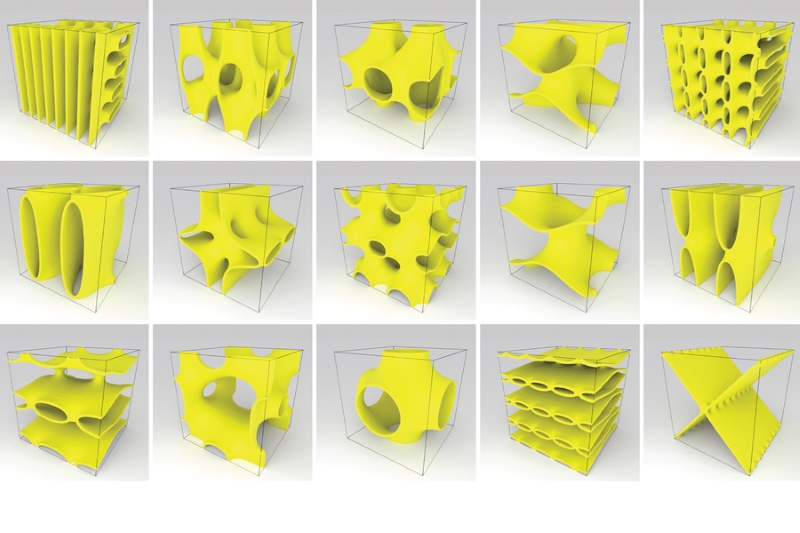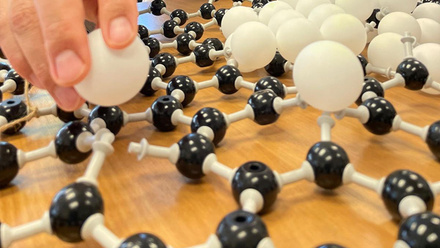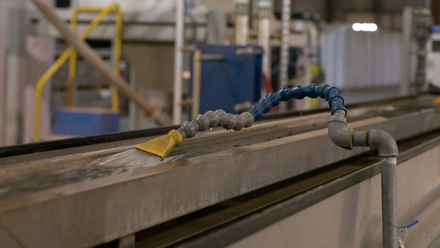Simplifying the construction process for complex materials
A computational technique could make it easier to quickly design a metamaterial cell from smaller building blocks, and then evaluate the resulting properties.

Researchers from MIT and the Institute of Science and Technology Austria have created a technique to include many different building blocks of cellular metamaterials into one, unified graph-based representation.
© Image courtesy of the researchersThe research from MIT and the Institute of Science and Technology Austria will help engineers searching for materials with novel, desirable property combinations. Normally it is difficult to know which cellular structure will lead to the desired properties.
The MIT approach, like a specialised CAD (computer-aided design) system for metamaterials, reportedly allows an engineer to quickly model even very complex metamaterials and experiment with designs that may have otherwise taken days to develop.
MIT say the interface also enables the user to explore the entire space of potential metamaterial shapes, since all building blocks are at their disposal.
'We arrived at this idea that cellular metamaterials could be well-represented as a graph structure,' says MIT electrical engineering and computer science graduate student Liane Makatura, co-lead author of a paper on this technique.
With their graph-based representation, a user builds a metamaterial skeleton using building blocks that are created by vertices and edges.
'With our representation, you can also start combining these shapes. Perhaps a unit cell containing both a TPMS structure and a beam structure could give you interesting properties. But so far, those combinations really haven’t been explored to any degree,' Makatura says.
At the end of the process, the system outputs the entire graph-based procedure, showing every operation the user took to reach the final structure — all the vertices, edges, solvers, transformations, and thickening operations.
The researchers used their system to recreate structures that spanned many unique classes of metamaterials. Once they had designed the skeletons, each metamaterial structure took only seconds to generate.









